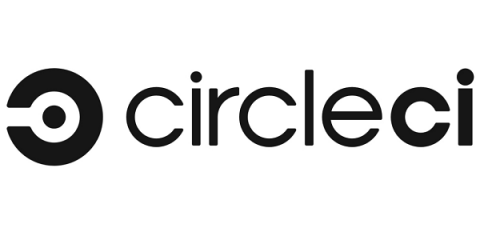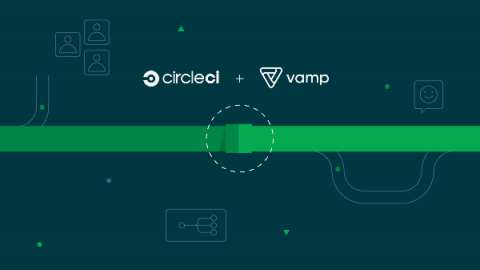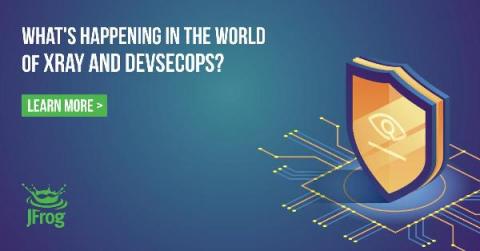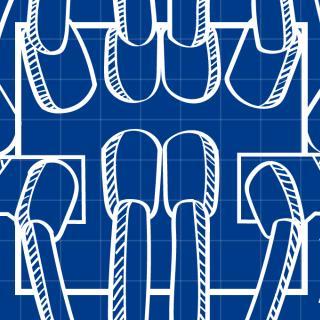Operations | Monitoring | ITSM | DevOps | Cloud
CI CD
The latest News and Information on Continuous Integration and Development, and related technologies.
CircleCI acquires Vamp, adding release orchestration to their CI/CD platform to help engineering teams deliver business growth
How to troubleshoot Xray index process?
We raised $100M in our Series F: here's what we're building next
Today we announced our Series F round of $100M led by Greenspring Associates, with Eleven Prime, IVP, Sapphire Ventures, Top Tier Capital Partners, Baseline Ventures, Threshold, Scale, Owl Rock, and Next Equity Partners. Thank you to our customers, community, partners, investors, and team. This latest investment allows us to invest as well; in our product, our community, and in our people. We build for the builders of the digital age: developers.
CircleCI acquires release orchestration tool Vamp
We are proud to announce that CircleCI has acquired Vamp, the first cloud-native release orchestration platform. This paves the way for CircleCI customers to have first-class release orchestration and continuous validation, all natively within the CircleCI platform.
"Is our boss SPYING on us?" Developers vs Managers #TracknotSpy
What's New with JFrog Xray and DevSecOps
Continuous integration with GitOps
Software development is changing rapidly. On one hand, you must quickly adapt to evolving requirements, while on the other, your applications need to operate continuously without downtime. DevOps helps you quickly adapt to changes. Among other initiatives, continuous integration (CI) and continuous delivery (CD) are intgegral to any DevOps practice.
Preventing SQL injection attacks with automated testing
SQL injection is one of the most destructive ways an application can be attacked. This kind of attack is targeted toward the application database, which can result in consequences that are irreversible, lead to loss of money, and reduce user trust in your company. There are far too many application data breaches happening every day, usually when a malicious agent attacks the database.
Cloud-Hosted of Cloud-Native? Discover Why Cloudsmith Was Born in the Cloud
Today, almost every service now is offered in a “Cloud” variant. But what does that really mean? Are all clouds services equal? It’s easy to see why so many vendors rush to add a Cloud edition/variant of established software they sell. Undoubtedly, there has been a move to Cloud services across the industry, as more and more organizations seek to take advantage of the higher reliability and lower total cost of ownership that Cloud platforms promise.










